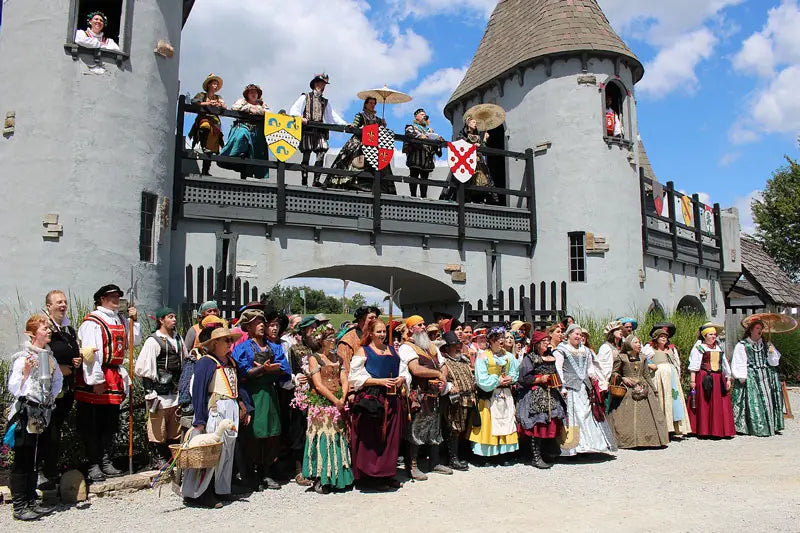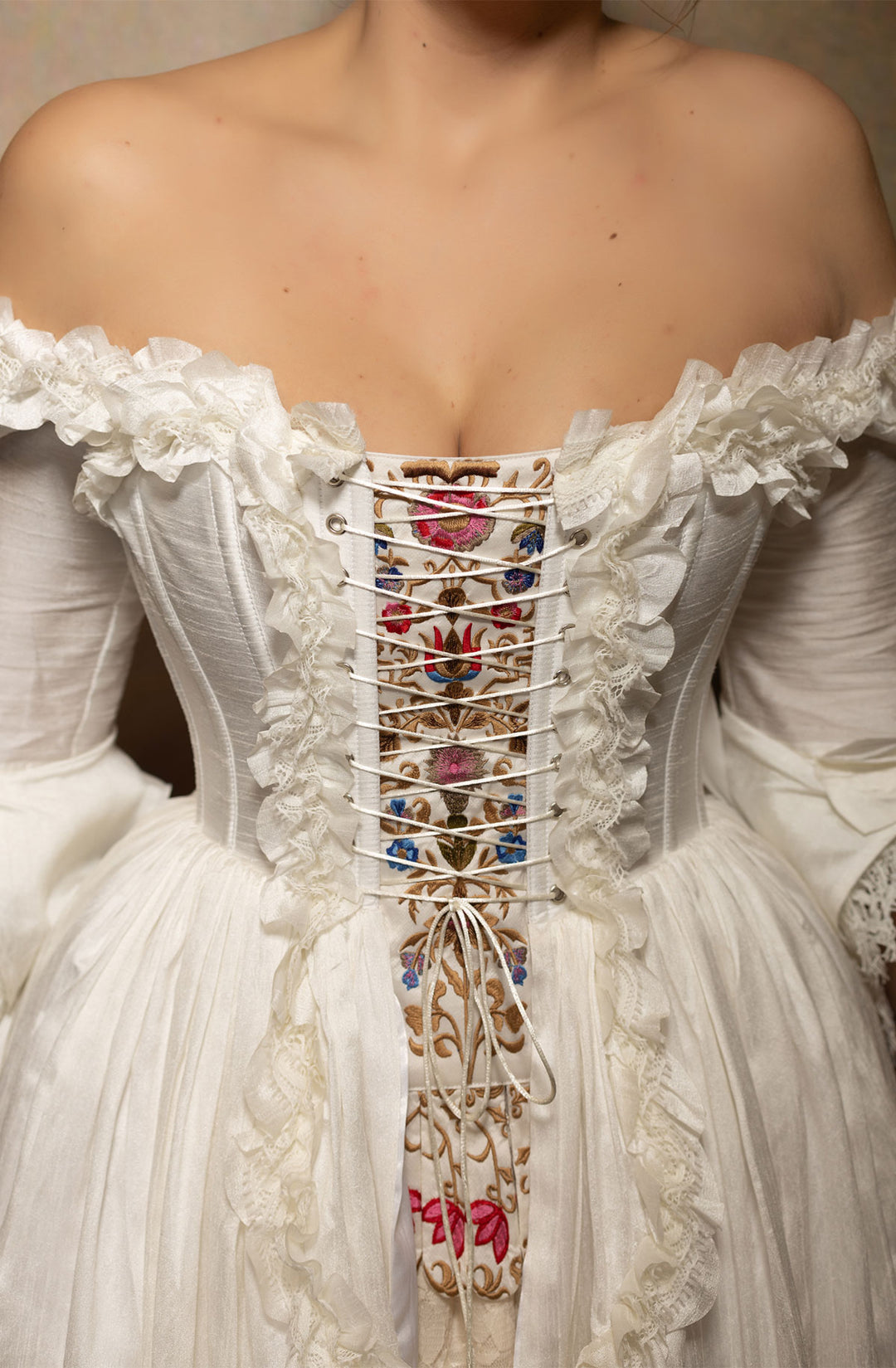
Unquestionably, the emblem most associated with the Tudor family - whose rule spanned from 1485 to 1603 - is the Tudor Rose. This iconic symbol of English monarchy originated in the late fifteenth century, marking the end of the Wars of the Roses and the beginning of one of the most remarkable periods in British history, influencing various aspects of life, including fashion.
The Tudor Rose emerged as an essential emblem, deeply ingrained in the Tudor court's dress. Embroidered on lavish royal gowns, adorning jewelry, and even subtly woven into the textile patterns of courtiers, the rose served as a political and dynastic statement, particularly visible among the female courtiers. Its vibrant red and white fusion embodied unity, offering a sense of national identity amid the blossoming of the distinctive Tudor aesthetic.
This emblem didn't merely function as a symbol on a flag; it dictated the course of fashion, visibly structuring the intricate and opulent designs favored during the Tudor reign. With a subtle balance of grandeur and royal authority, the Tudor Rose found itself embraced and embedded in the realm of style, making an undeniably iconic contribution to the fashions of this era. The echo of the Tudor Rose's influence remains alive in contemporary fashion, continually inspiring designers to revisit this historical motif in their works.
In essence, the Tudor Rose's impact on Medieval and French court dress wasn't merely symbolic but transformative, serving as a testament to the power of the Tudor epoch. Bearing witness to an impressive fusion of symbolic and aesthetic significance, it remains a beautiful reminder of the intertwining of politics, culture, and fashion in England's rich history.






Leave a comment